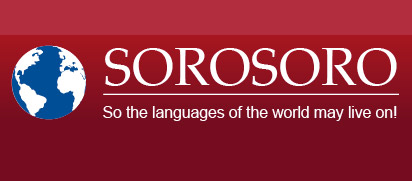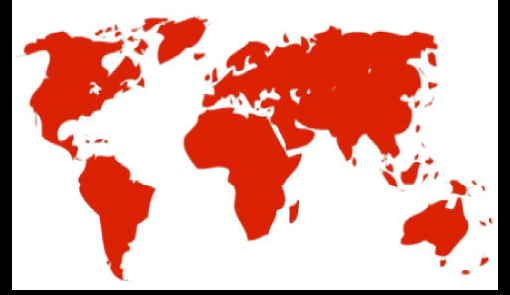Print  |
|

Mongolic Languages
Information about the Mongolic languages
Where are the Mongolic languages spoken?
These languages are spoken in a vast area of Central Asia: Mongolia, Russia, China and Afghanistan.
Total number of speakers (estimated):
Approximately 6 800 000 according to the site ethnologue.com (SIL)
Classification
We present 11 languages in this family, but this number varies widely according to different sources.
Central Mongolian
Khalkha (alternate name: Standard Mongolian): 5 700 000 speakers according to SIL and many dialects of central Mongolia, such as:
Ordos
Chahar …
Western Mongolian
Oirat (alternate name: Kalmyk) : 170 000 speakers according to SIL
Northern Mongolian: 500 000 speakers for the whole group according to SIL
Buryat
Khamnigan
Northeast Mongolic
Dagur (alternate name: Daur): 96 000 speakers according to SIL
Southeastern Mongolic
Monguor (alternate name: Tu) : 150 000 speakers according to SIL
Kangjia: 430 speakers according to SIL
Bonan: 6 000 speakers according to SIL
Dongxiang: 25 000 speakers according to SIL
South Central Mongolic
Eastern Yugur (alternate name: Shira Yugur): 3 000 speakers according to SIL
Southwest Mongolic
Moghol: 200 speakers according to SIL
Comments on the classification of Mongolian languages:
This family is often presented as part of the super-Altaic family. The three main branches of this proposed family are: the Turkish family, the Tungus family, and the Mongolian family. But the existence and the exact delineation of the Altaic languages is an object of debate in the linguistic community. Particularly the question of whether the similarities between the three branches originate from a common proto-language (mother language) in which case they would indeed represent a linguistic family, or whether these similarities are due to exchange interactions between languages due to their geographical proximity. In the latter case they would be considered to be three independent families.
We do not attempt to settle this ongoing debate between “pro-Altaic” and “anti-Altaic”. We have chosen to present them separately here only for the sake of “prudence” and without taking a position in the debate. This classification could therefore evolve if and when it can be shown with a high degree of certainty that these languages are related. In the same manner, we have also chosen to separate the Japanese and Korean languages which are also sometimes considered to be part of the Altaic languages.
There is no consensus on the internal classification of Mongolian languages. All of these languages include many dialects and it is especially difficult to distinguish between language and dialect. Some classifications include northern, central and western Mongolian into a single “Mongolian” language …
Are Mongolian languages in danger?
This section will be developed later.
Ethnographic Overview:
This section will be developed later.
Please do not hesitate to contact us should you have more information on this language: contact@sorosoro.org








